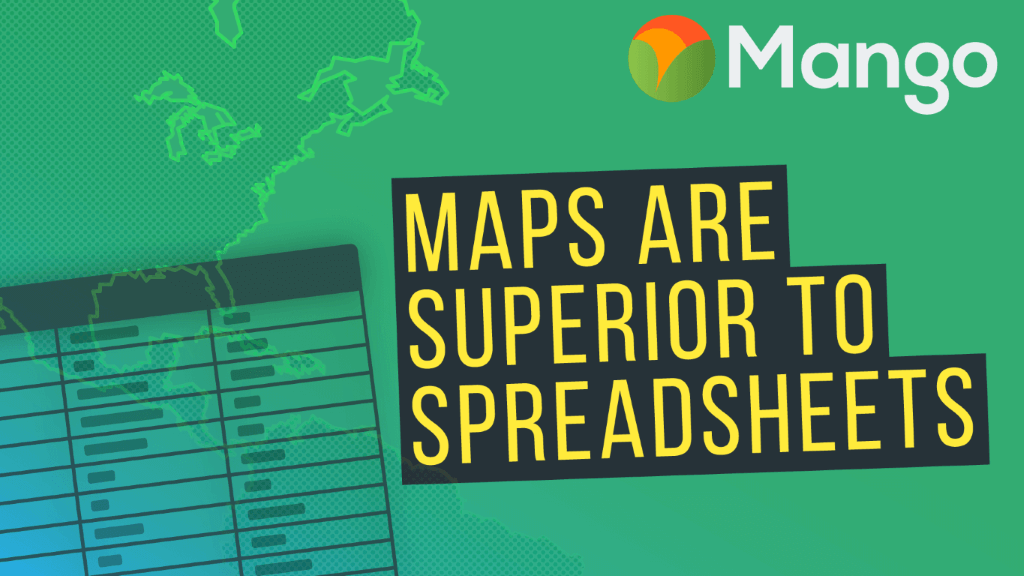

# Find a feature layer named "PowerOutages" in your ArcGIS Enterprise portal Lightning = next(x for x in bd_file.layers if x.properties.name = "Lightning") # Look through the big data file share for lightning # Look through search results for a big data file share with the matching nameīd_file = next(x for x in search_result if x.title = "bigDataFileShares_NaturalDisaters") Search_result = ("", "Big Data File Share") # Find the big data file share dataset you're interested in using for analysis Print("Quitting, GeoAnalytics is not supported") Portal = GIS("", "gis_publisher", "my_password", verify_cert=False) # Connect to your ArcGIS Enterprise portal and check that GeoAnalytics is supported # Import the required ArcGIS API for Python modulesįrom arcgis.geoanalytics import summarize_data Using the image above, numeric statistics were calculated on the Occupants field and string statistics were calculated on the Building_Name field for the values of Apartments for the Type field as shown in the following tables: By default, all statistics are calculated. You can calculate numeric and string statistics.

Statistics are calculated for only those features that meet the specified spatial, temporal, or attribute relationship used in the Join one to one operation. Summary statistics will only be calculated if a Join one to one operation is specified. If unchecked, all features in both the target layer and the join layer will be analyzed, even if they are outside of the current map extent. If Use current map extent is checked, only the features visible within the current map extent will be analyzed. Learn more about Arcade expressions with Join Features. For example, you could only join target features from the field Magnitude if greater than the join feature with a field named Explosion, using the expression $target > $join. If you specify an expression, only features that meet the condition will be used. You can optionally build an expression by which to join features. In this example, the one-to-one join only includes the count additional statistics that can be calculated are shown below. The result layer will contain multiple records of the target feature.Įxamples of a one-to-many and one-to-one join.

Available temporal relationships are as follows: The available relationships depend on the time type (instant or interval) of the layers being joined. The temporal relationship that will determine if features are joined to each other.

Available spatial relationships are as follows: The available relationships depend on the geometry type (point, line, or area) of the layers being joined. The spatial relationship that will determine if features are joined to each other. By using the Join Features tool, additional information about each location can be appended to each crime, and the impact on various jurisdictions can be further studied and analyzed. To analyze and study the impact of these crimes, the analyst needs to understand the relationship that the crime locations have with the various city jurisdictions, such as school districts, police beats, and neighborhoods. ExamplesĪn analyst has crime data from throughout their city. To learn more about these differences, see Feature analysis tool differences. GeoAnalytics Tools and standard feature analysis tools in ArcGIS Enterprise have different parameters and capabilities. Workflow diagramĪnalysis using GeoAnalytics Tools is run using distributed processing across multiple ArcGIS GeoAnalytics Server machines and cores. Optionally, statistics can be calculated for the joined features. The Join Features tool transfers attributes from one layer or table to another based on spatial, temporal, and attribute relationships, or some combination of the three.


 0 kommentar(er)
0 kommentar(er)
